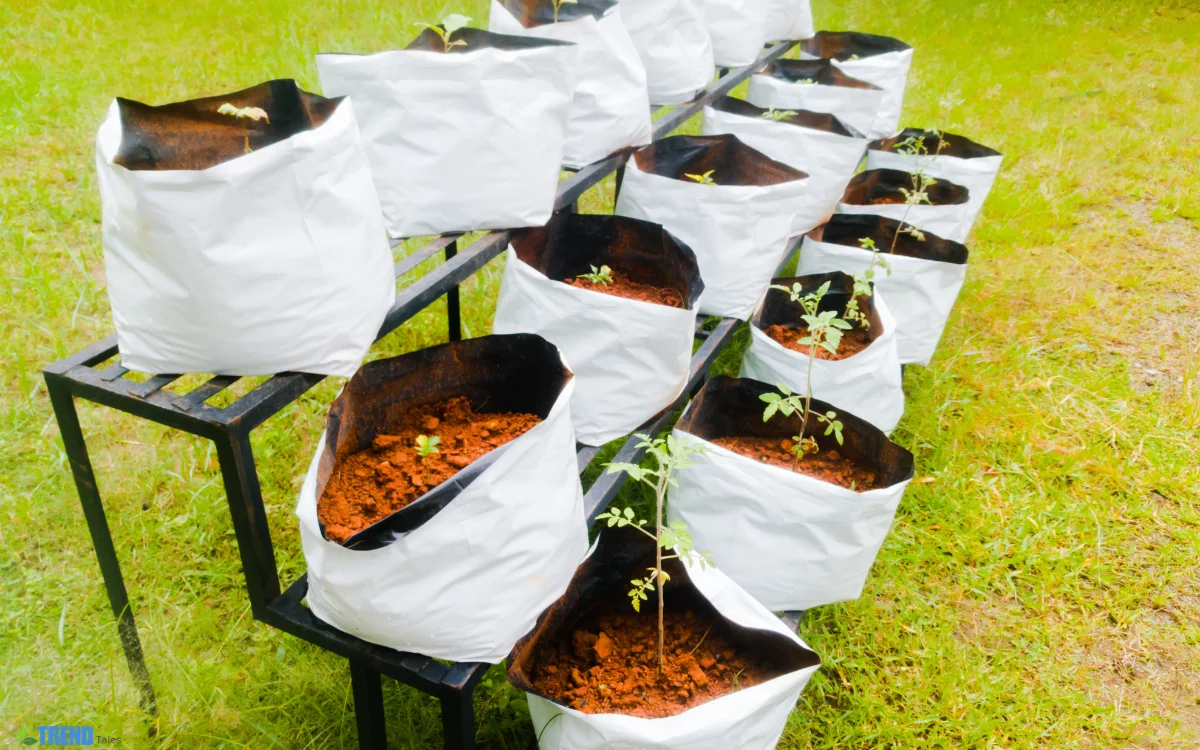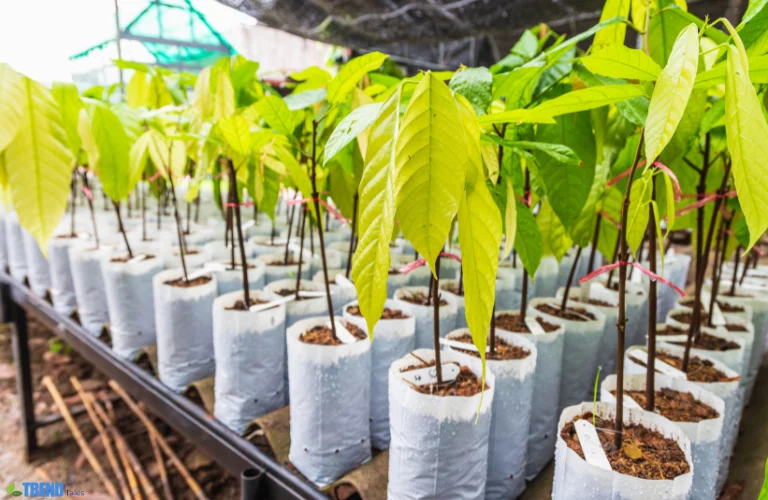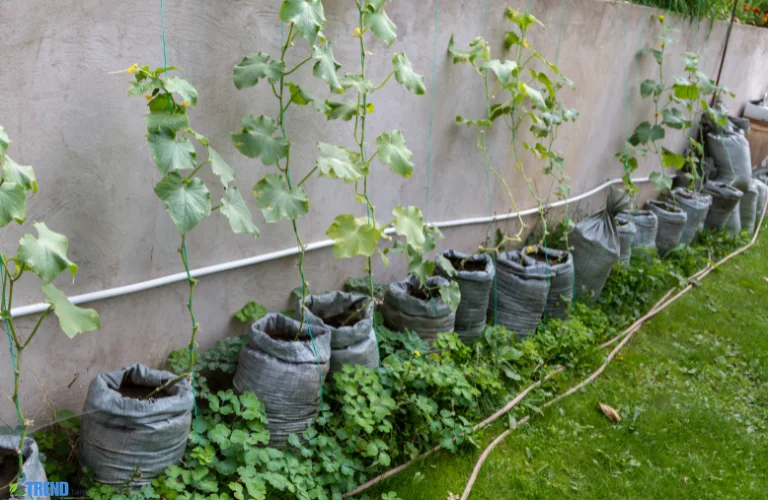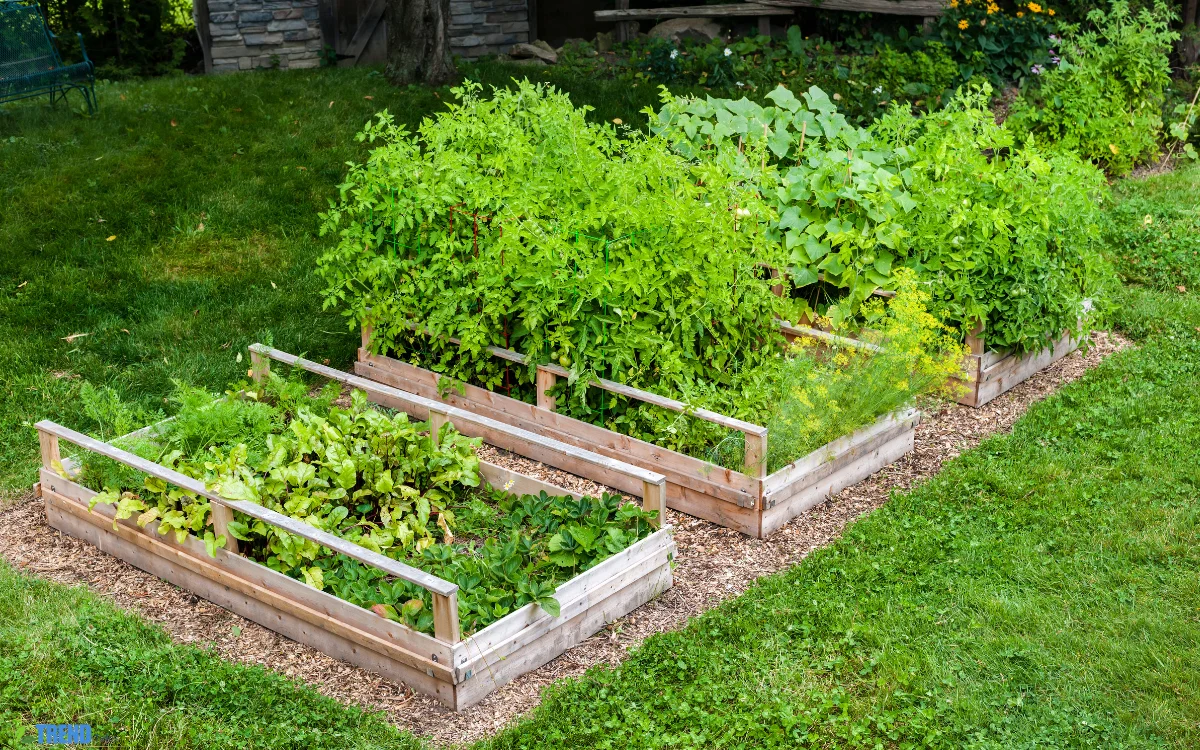Grow Bags: The Smart Choice for Modern Gardening

Gardening has evolved with time, and grow bags have emerged as a reliable solution for modern-day challenges. With limited space and varying soil quality, more people are turning to these containers to grow fresh produce at home. Ideal for patios, balconies, rooftops, and indoor spaces, they provide a flexible and efficient way to garden anywhere.
These fabric containers promote healthy root development, are easy to move, and offer a sustainable approach to urban and small-space gardening. Whether you’re a beginner or seasoned gardener, using them makes growing vegetables, herbs, and flowers more manageable and productive.
Why Grow Bags Are Changing Gardening
A major benefit of grow bags is their breathable fabric, which supports the development of healthier and stronger root systems. Unlike plastic pots, which can cause root circling, fabric containers allow air to enter the soil and prune roots naturally.
Additionally, they improve drainage and prevent waterlogging. Excess water escapes through the fabric, making them ideal for plants that require well-drained soil. They’re also lightweight and can be moved to capture more sun or avoid harsh weather.
Types of Grow Bags for Every Gardener
There are several types of grow bags available to suit different gardening needs. Your choice depends on the type of plant, growing environment, and whether you prefer reusable or eco-friendly options.
Fabric Grow Bags
Fabric versions are the most common choice among home gardeners. Made from breathable, durable materials, they support strong root development and moisture balance. These containers are simple to clean and fold for storage, and they may be used again for multiple growth seasons.
Plastic Grow Bags
Plastic options are usually used in commercial settings. They’re more affordable but less breathable, which can lead to poor root aeration. However, they are suitable for short-term growing needs.
Biodegradable Grow Bags
If sustainability is your priority, biodegradable versions made from coir, jute, or paper are excellent. They break down naturally in the soil, helping to minimize waste and ease the transplanting process.
What to Grow in Grow Bags
A key benefit of grow bags lies in their remarkable flexibility to suit various gardening needs. A wide range of plants thrive in them, from leafy greens to root vegetables and blooming flowers.
Vegetables
Tomatoes, peppers, carrots, spinach, and potatoes grow well in these containers. Root vegetables benefit from the depth and drainage, while fruiting crops get ample space for strong growth.
Herbs
Fresh herbs like basil, mint, parsley, and thyme are perfect for small or medium sizes. These small plants grow rapidly and can be conveniently relocated indoors or placed on a sunny windowsill.
Flowers
Annuals such as marigolds, petunias, and pansies can brighten any corner when planted in fabric containers. You can place them along railings, patios, or windows for decorative flair.
Tips to Maximize Results with Grow Bags
To get the best from your containers, follow these essential gardening tips that improve growth, prevent issues, and boost plant health.
Use a Good Soil Mix
Fill your grow bags with a light, nutrient-rich mix made of compost, peat, and perlite. Avoid dense garden soil, which compacts easily and limits drainage.
Don’t Overwater
Because the material is breathable, these containers can dry out faster than plastic pots. Regular watering is important, especially during warm months.
Provide Support for Heavy Plants
Tall plants like tomatoes or cucumbers grown in grow bags may need external support. Use stakes or cages to keep them upright and productive.
Rotate for Sunlight
The portability of these containers allows you to rotate them for better sunlight exposure or to protect them from strong winds.
Monitor Temperature and Placement
Temperature plays a big role in how well plants grow in containers. Since grow bags are above ground and made of fabric, they can heat up or cool down faster than the soil.During hot weather, position them in partially shaded spots to shield the roots from excessive heat. In colder seasons, keeping them in sunny spots will help retain warmth. For sensitive crops, consider insulating the outside with straw or placing them near walls that reflect heat. Adjusting placement based on weather conditions can extend your growing season and protect your plants from stress.
Extend Growing Seasons
Using grow bags also allows gardeners to extend the growing season. Since they’re portable, you can start seedlings indoors early in the year and then move them outside once the weather improves. In the fall, you can reverse the process by bringing them back in when temperatures begin to drop, giving you an edge in producing food longer than traditional in-ground gardens.
Cleaning and Storage Tips
At the end of your growing season, clean your grow bags thoroughly. Before storing, empty the soil, wash them with a light soap and water, and let them dry fully.
Store them in a cool, dry space to ensure they’re ready for reuse next season. When well-maintained, these containers can be used successfully for several years.
Are Grow Bags Better Than Pots?
Many gardeners consider fabric containers a better choice for seasonal planting. They offer better airflow, superior drainage, and easier portability than traditional pots.
However, heavy or permanent plants may still benefit from sturdy clay or plastic containers. Still, for vegetables, herbs, and short-season flowers, grow bags are often more efficient.
Conclusion
Grow bags make it easy for anyone to garden, whether on a rooftop, balcony, or windowsill. Their breathable design supports healthier roots, and their flexible use suits many plant types.
If you’re looking for a modern, low-maintenance way to grow fresh produce or flowers, adding grow bags to your garden setup is a smart step forward.
FAQs About Grow Bags
Q1. What size grow bag is best for tomatoes?
A 10 to 15-gallon size is ideal for tomato plants and supports full root development.
Q2. Can I use grow bags indoors?
Yes, they can be used indoors with trays to catch excess water, especially for herbs.
Q3. Do grow bags last more than one season?
Yes, quality bags can be reused for 3 to 5 years if cleaned and stored properly.
Q4. Are grow bags good for root vegetables?
Absolutely. Deep sizes are perfect for carrots, potatoes, and similar crops.
Q5. How often should I water grow bags?
Check soil daily. Because they dry out faster, watering may be needed more frequently.




1 comment